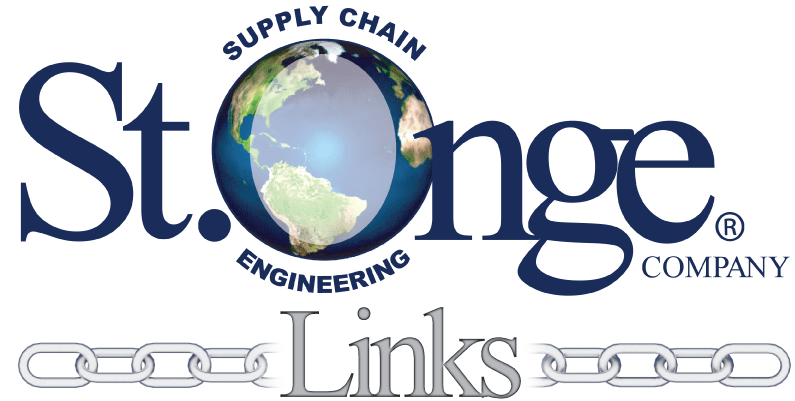 Strengthening your supply chain one link at a time.
Strengthening your supply chain one link at a time.
In today’s business environment we see many issues affecting companies including supply disruptions, port congestion, driver shortages, freight rate increases, labor shortages, shorter product life cycles, increased expectations from customers, and many more. We are seeing more and more companies turning to supply chain network design to help address some of these issues. Supply chain network design in a nutshell looks to optimize the entire supply chain system (from supplier/manufacturer through warehouses and distribution centers to retailers, stores and customers.) Sometimes you will hear this process called network modeling as a mathematical model is required to be built to perform this type of analysis. The output of network design is typically the optimum number and locations of facilities as well as the flows of product into and out of those facilities.
Most of the supply chain network design studies we complete identify between 5-15% in annual cost avoidance from a supply chain network design study. In fact, a study by AMR research estimated that approximately 80% of the costs of a supply chain are locked in with the location of the facilities in the supply chain network! This is similar to the notion that 80% of product costs are determined by key decisions in the product design process. Therefore, companies that are trying to improve inventory turns, increase utilization of trucks, or utilize different modes of transportation will only get a fraction of the savings if their facilities are in suboptimal locations.
There are many other reasons and advantages to go through a supply chain network design study and therefore have your supply chain represented in a network optimization model. Below is a further exploration of just a few, but certainly there are many others.
Simplifying the Complex – Supply chains are extremely complex and the amount of associated data captured to describe them is exceptionally large. Utilizing network optimization tools the examination of thousands or more of combinations of facility location options can be done at a very fast rate. Modern computer power enables the optimization tools to make decisions and recommendations much faster and more accurately than humans (or spreadsheets) could ever do.
Sensitivity analysis – Once a supply chain is “modeled” into the network optimization software (and calibrated to actual business flows and costs), the ability to perform sensitivity analysis is powerful. For example, various growth rates, transportation costs, fuel, inventory turns and many other variables can be adjusted in the optimization tool to see if and when the optimal network of facilities changes. It is helpful for companies to understand when different tipping points will occur so they can better plan in advance and create a roadmap for their supply chain’s future.
Sourcing/Manufacturing Changes – When procurement or supply planning personnel are considering different sourcing options it is helpful to understand the impact to the supply chain network. With a network model you can not only understand the impact to cost, but also to service and inventory. For example, when deciding where to add new manufacturing lines to existing plants, it is important to make the correct location decision for that line as the investments costs can be high. Alternatively, when a company is considering removing capacity from their manufacturing plants, a network model can help determine which locations would be the least costly to close.
Significant events
A working model can be extremely valuable for significant event planning. For example, when companies are considering mergers or divestitures, a network study can be a large part of the savings generated or to justify the divestiture of, or merger with, a business or company. Also, if a plant or warehouse is shut down for some reason (think COVID or natural disaster), a model can help determine which products should be produced at alternate locations or which customers can be sourced from alternate locations.
In summary, the most successful businesses utilize supply chain network design to optimally identify the location, mission and size of facilities as well as the flow of product between these facilities. The number and location of these facilities is critical to the success of the supply chain from both a cost and service perspective. More and more companies understand that using network optimization can be a competitive advantage for their business.
—Brad Barry, St. Onge Company